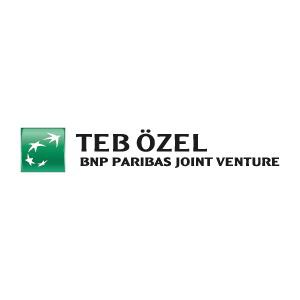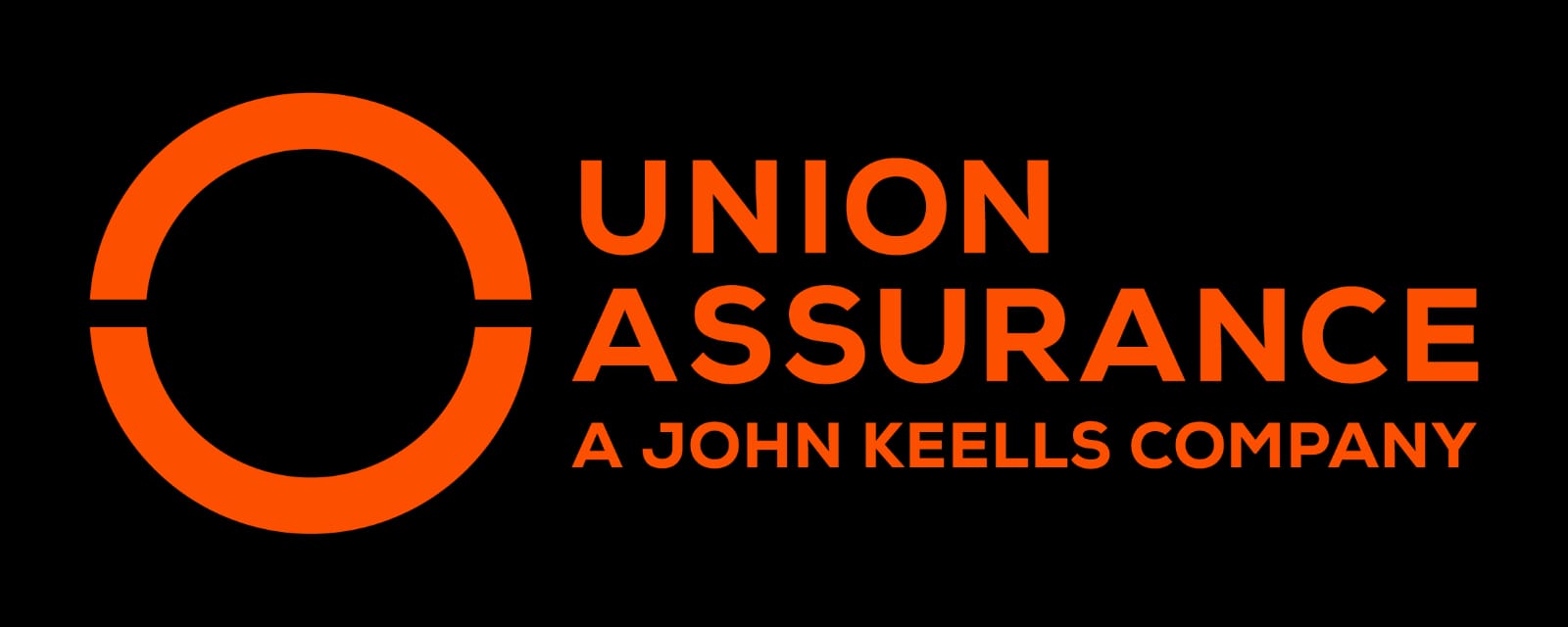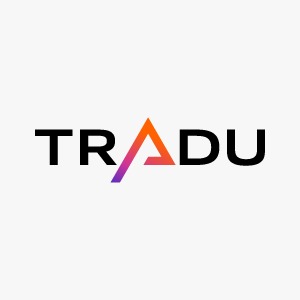Stablecoins – digital tokens pegged to fiat currencies – have emerged as a major innovation in crypto finance, with broad implications for payments and international finance. The IMF, the Financial Stability Board, and the European Systemic Risk Board are focusing on the regulatory issues, while the US has just passed the GENIUS Act, a comprehensive framework for stablecoins. A particular innovation is the multi-issuer stablecoin, a cross-border construct. This column explores the risks such stablecoins pose to financial stability and measures that could contain these risks.
The multi-issuer model for crypto asset stablecoins poses significant financial stability risks and regulatory challenges for the EU. In such a model, an Electronic Money Token (EMT) — a stablecoin — is jointly issued by both an EU-regulated institution and one or more third-country entities. This arrangement was not foreseen and not explicitly regulated under the EU legislation governing stablecoins, the Markets in Crypto-Assets Regulation (MiCAR), applicable from mid-2024. There are thus substantial ambiguities which issuers can exploit. These stablecoins – deemed fungible across jurisdictions – facilitate regulatory arbitrage, fragment reserve management, and potentially expose EU issuers and their banking partners to systemic stress, redemption runs, and contagion. Hence regulatory reforms are needed urgently. The urgency is heightened by the passage of the American stablecoin-enabling GENIUS Act in July 2025.
In this column, we provide a framework for understanding and mitigating the multi-issuer stablecoin (MISC) loophole — a gap which, if left unaddressed, could have far-reaching consequences for EU financial stability and investor protection. We advocate prompt legal and supervisory adaptation to ensure MiCAR meets the realities of a globalised crypto-finance landscape. We first explain the model and the regulatory background, then provide a technical and legal risk assessment. We highlight the need for a robust EU-level regulatory and supervisory response, bespoke prudential standards, explicit cross-border arrangements, and greater harmonisation at the global level.
The multi-issuer model and its risks
Stablecoins are supposed to maintain a stable value, pegged to an official currency or a basket of assets. They are meant to be backed by reserves in the form of high-quality liquid assets (EU and US requirements are somewhat different). The design is not entirely robust: there are multiple instances in which key stablecoins have ‘broken’ their pegs under stress; and there is significant everyday volatility for the major stablecoins, USDT and USDC, around the $1 peg.
A multi-issuer arrangement arises when a stablecoin is issued in multiple jurisdictions by different legal entities with the same controlling interest — for example, a European subsidiary and a US parent or affiliate issuing ‘the same’ token. These tokens are treated by the issuer and the holders as interchangeable (fungible), regardless of the regulatory framework.
For intra-EU issuance, joint liability is clear and fully subject to rules under MiCAR. In a cross-border framework, with issuance in the EU and a third country, the fungibility of tokens muddles accountability, as an EU entity may be responsible for redemptions originally claimed from a non-EU affiliate, over which it has neither legal nor operational control (Figure 1). But there is no explicit provision in MiCAR for third-country cross-border co-issuance, although issuers market multi-issuer stablecoin tokens as fully fungible, regardless of the original jurisdiction.
Figure 1 Illustrative example of an EU and third-country stablecoin multi-issuer model applied to the EU and US


Notes: The diagram conceptualises the flow of reserves and redemption claims between an EU and a US stablecoin issuer. It highlights how tokens can move and be redeemed in either jurisdiction, while underlying reserves remain subject to two regulatory and supervisory silos, increasing the risk of misalignment in crises.
Source: ESRB, Report on stablecoins, crypto-investment products and multi-function groups, October 2025.
This model poses significant prudential and regulatory issues. First, the reserves backing the stablecoin are fragmented. When the same stablecoin is issued by both EU and non-EU entities, reserve assets are split and managed under different regulatory regimes, with no guarantee the reserves held in the third country will be available for attempted redemptions in the EU in stress episodes. EU law requires prompt, cost-free redemption at par by EU issuers. But the third-country issuer may apply fees or delays. And in a crisis, the third-country authorities might ‘ringfence’ (withhold) locally held reserves, jeopardising redemptions in the EU. This national ringfencing of liquidity was observed within the EU itself during the crises of autumn 2008 and spring 2020, despite the supposedly ironclad legal prohibition of capital flow barriers within the EU.
The multi-issuer stablecoin model therefore raises major macroprudential issues. First, there would be clear incentives to run in a stress episode. Regulatory arbitrage enables stablecoin holders to redeem preferentially in the jurisdiction offering the most favourable terms, likely the EU. This increases the likelihood of a run, especially if holders (correctly) perceive the inadequacy of EU-held reserves to meet redemptions. Second, there might be contagion to and across banks. If a run on an EU stablecoin issuer occurs, and the issuer is a credit institution, direct contagion may affect the bank. For e-money institutions (EMIs), large, required reserves (e.g. 30% or 60% deposited with EU banks for (non-)significant issuers) mean that redemptions could strain the liquidity positions of associated banks, especially those with concentrated exposure to crypto-asset players. The risk is heightened by the likely development of ‘crypto-friendly’ banks: with no overall cap on the aggregate stablecoin-related liability any one bank can have, the rise of banks heavily reliant on crypto sector funding is likely, amplifying systemic risk. The fragility of this funding and the consequent systemic risk were observed in the US mini-crisis of March 2023 (Silicon Valley Bank, Signature Bank, Silvergate Bank), which required major intervention by the federal authorities (Admati et al. 2023).
There is a significant likelihood of circumvention of EU safeguards and regulatory arbitrage. Foreign-issued tokens under a multi-issuer arrangement may exploit favourable EU rules (e.g. par redemption, absence of fees, market prominence), while not being subject to EU-level reserves, risk management, or supervisory scrutiny. The risk is exacerbated by the difficulty of tracking the effective volumes of tokens in circulation within the EU and abroad, especially for those held in off-chain wallets. Thus, requirements designed to mitigate financial stability and policy risks (e.g. issuance caps for foreign currency electronic money tokens, enhanced oversight at critical thresholds) become difficult to uphold. Note that there is an incentive to hold stablecoins in the US: although the GENIUS Act prohibits paying interest on stablecoins, there is a way around this via crypto-asset service providers which can hold the stablecoins and pay interest to the owner.
The multi-issuer stablecoin scheme does not provide the necessary investor protection, one of the main objectives of MiCAR. Investors may be led to believe an ‘EU-branded’ stablecoin carries full EU protections when part of the token stock is issued outside the EU and not subject to MiCAR. Moreover, supervisory reach is limited, especially because EU supervisors lack control over third-country assets or operations yet may have to take actions with respect to redemptions from holders who have acquired tokens from third-country issuers. This is a sharp deviation from standards in classical banking regulation.
EU regulators have no control over the marketing practices of third-country issuers, which might misrepresent redemption arrangements and links to the EU-based issuer. That then poses reputational risks for the EU authorities. The model sets a precedent for non-EU issuers to access the EU single market while evading regulatory obligations, making the EU vulnerable to international regulatory arbitrage. While EU supervisors cannot oversee non-EU risk management, they would de facto be tasked with maintaining the solvency and liquidity of all tokens, a legal and prudential stretch never tolerated in the traditional cross-border banking world.
There are several issues regarding reserve allocation and the operational hurdles to running a multi-issuer stablecoin scheme.
First, the rebalancing mechanism. For the system to work, reserve assets must be transferable in both directions between the EU and non-EU issuers to fulfil redemptions as they arise. This is only as effective as the underlying legal and operational frameworks and the ability to move funds promptly — often unreliable, especially under stress. Where reserves are invested in third-country money market funds, as permitted under the GENIUS Act, redemption can be frozen by local authorities, further weakening the reliability of cross-border pools. The most acute risk, therefore, is having a liquidity shortfall locally due to operational, legal, or market blockages in moving assets cross-border.
Second, we lack reliable data on where tokens are held, due to the prevalence of self-hosted wallets (44% for Circle USDC as of February 2025) and limited reporting from non-EU crypto providers. This leads to large judgment calls in stress testing and risk modelling for EU supervisors. The actual exposure of the EU issuer is unknown; estimates of ‘EU-circulating’ supply are only lower bounds, reducing confidence in reserve adequacy and crisis planning. Limited knowledge of self or omnibus wallet holders means redemption behaviour is unpredictable, raising the risk of unanticipated runs. Arbitrage opportunities would arise if the coin were trading below par in one jurisdiction and could be redeemed at par and for free in the EU, inviting profit-seeking redemptions during even minor price declines — a classic ‘run’ scenario. The MiCAR ban on redemption fees amplifies this incentive.
Legal and supervisory considerations
Cross-border multi-issuer schemes entirely within the EU are governed by MiCAR, which grants national competent authorities latitude under Article 35 (own funds requirements), Article 45(4) (liquidity enhancements post-stress testing), and Article 94(1)v (broad preventive powers), enabling strengthened buffers for at-risk institutions. Increases to own funds requirements would have legal precedent: for example, a 20% uplift for non-significant issuers and a 20–40% increase for significant ones, based on stress test findings, risk outlook, and redemption guarantees.
The European Banking Authority (EBA) can take into account considerations relating to multi-issuance. If the token is ‘significant’, it is subject to EU-level oversight, which facilitates cross-border coordination and a level playing field. But classification is hindered by incomplete or contested data about token distribution and reporting inadequacies by Crypto Asset Service Providers (CASPs). Still, supervisors may revoke authorisations, impose redemption fees, or limit redemptions in an emergency, provided they meet the MiCAR flexibility requirements.
Policy options and recommendations
There is a wide range of policy options available to the EU authorities for dealing with the specific risks posed by multi-issuer stablecoins. The first would simply be to ban them, as the European Systemic Risk Board has recommended. Against this, there has been considerable lobbying pressure in Brussels from well-funded issuers. But some key members of the European Parliament have resisted and have written to Commissioner Albuquerque setting out their concerns. And President Lagarde of the European Central Bank has forcefully expressed her opposition to multi-issuer stablecoins (Lagarde 2025). At the time of writing, the European Commission had not set out its final position.
If the Commission deems that under existing legislation, multi-issuer stablecoins are permissible, then they could propose amendments to MiCAR to cover multi-issuer schemes explicitly and lay out a framework for cross-jurisdiction equivalence, reciprocity, and asset ringfencing protections.
Meanwhile, macroprudential authorities should intensify scrutiny and systemic risk analysis of multi-issuer schemes. The authorities could require EU stablecoin issuers engaged in multi-issuer arrangements to set high minimum denomination amounts, or limit issuance if the ECB identifies payment systems or monetary policy risks. They could impose higher own-funds or stricter liquidity requirements based on stress-testing outcomes whenever reserve sufficiency is in doubt.
Enhanced disclosure obligations for issuers would be desirable, with the European Securities Markets Authority (ESMA) providing whitepaper disclosure templates detailing the structure, risks, and reserve-management specifics of any multi-issuer token. These should be strengthened, with harmonised reporting standards for crypto asset service providers and issuers, both inside and outside the EU, to map accurate token distribution and calibrate policy.
Ideally, the authorities should develop enforceable global regulatory standards in coordination with Financial Stability Board (FSB) guidance and robust cooperation agreements to ensure liquidity flows and consistent application of prudential rules, even during crises. And within the EU, national competent authorities (NCAs) should coordinate, but not in a decentralised way — an EU-level approach is judicially and practically more robust. Decentralised equivalence assessments (by each NCA) create the risk of fragmentation, a practice the European Commission would not tolerate in other areas of financial regulation. The European Banking Authority or European Securities Markets Authority should lead here.
The multi-issuer model introduces critical vulnerabilities into the EU financial system, undermines MiCAR’s single-market protections, and exposes EU issuers to liabilities and operational risks beyond their control. Systemic risks include investor runs, bank contagion, loss of monetary policy sovereignty, and undermined regulatory credibility. Immediate regulatory action at both EU and global levels is necessary, with legal clarification of multi-issuance, harmonised prudential tools, robust cooperation arrangements, and enhanced crisis management protocols.
Source : VOXeu



































































